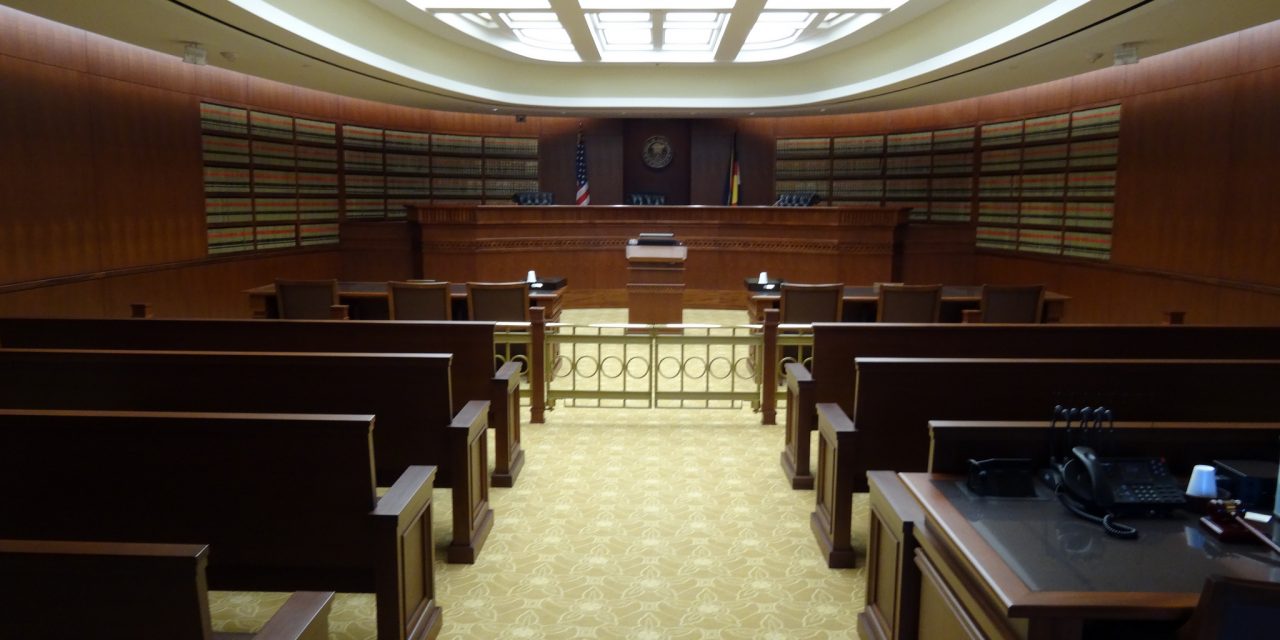Anyone familiar with the immigration system knows that the immigration courts have an enormous backlog which has persisted—and grown—for more than a decade. As of April 2017, the immigration court backlog topped 585,930 cases, more than double the pending cases in fiscal year (FY) 2006 (212,000).
The immigration court backlog means that many people wait years to have their cases resolved. According to a June 2017 report from the Government Accountability Office (GAO), the average time a case remains pending with the Executive Office for Immigration Review (EOIR)—the office within the Department of Justice that adjudicates immigration cases—has increased. In FY 2006, cases took an average of 198 days to complete; now the average is 650 days.
For years government officials, external stakeholders, and others have attributed the growing backlog to staffing shortages, lack of resources, and changing priorities. GAO’s recent analysis affirms some of these problems, but found that average case completion times increased—from 43 days in FY 2006 to 286 days in FY 2015—even though the number of immigration judges increased by 17 percent in the last decade.
So what’s making cases take longer in immigration court, and contributing to the backlog?
In part, judges are taking more time to complete cases, especially as new hires get up to speed. Respondents to GAO’s investigation most commonly cited a lack of adequate staff as a cause of the backlog, but “immigration judges from five of the six courts [GAO] contacted also stated that they do not have sufficient time to conduct administrative tasks, such as case-related legal research or staying updated on changes to immigration law.”
Indeed, over the 10-year period, judges issued 54 percent more case continuances, or a temporary postponement of case proceedings, on their own volition—due to unplanned leave or insufficient time to complete a hearing, for example. Immigration judges may also grant a continuance to allow respondents time to obtain legal representation— since immigrants do not receive government-provided counsel— which demonstrably shortens the length of a case.
There is concern that the backlog may only worsen under the current administration. In order to carry out President Trump’s directives to ramp up immigration enforcement and deportations, the Justice Department has started relocating immigration judges. But transferring judges—many of whom have been reassigned to detention centers—for the purpose of speeding up immigration cases has alarmed immigration experts, who fear case delays will increase in immigration judges’ usual courts, adding to the backlog.
While the directives were not analyzed in GAO’s review, the report’s focus on systemic issues exacerbating the backlog makes the plans to shuffle judges to new courts all the more concerning.
GAO made 11 recommendations in the following areas that would “better position EOIR to address its case backlog and help improve the agency’s overall effectiveness and efficiency in carrying out its important mission.” The recommendations included implementing better workplace planning and hiring practices; building an electronic filing system with oversight and management mechanisms; video-teleconferencing (VTC) assessments to ensure neutral outcomes; and creating efficient management practices and comprehensive performance measures for all cases.
While some of these issues are being addressed—such as implementing a plan to streamline hiring—GAO found that the efforts EOIR cited do not fully address the concerns outlined in the report. In particular, EOIR is lacking comprehensive technological capabilities, data on VTC hearings, performance assessments, and short- and long-term plans for staffing needs created by the 39 percent of retirement-eligible immigration judges.
The shortcomings further demonstrate the GAO’s conclusion that EOIR is lacking critical management, accountability, and performance evaluation systems. These mechanisms are essential for EOIR and oversight bodies, such as Congress, to accurately assess the immigration courts and ensure that EOIR is achieving its mission, which includes timely adjudication of all cases.
EOIR should take the GAO’s recommendations seriously and work to implement solutions—the fates of hundreds of thousands of people literally depend on it.
Photo by Jeffrey Beall
FILED UNDER: Department of Justice, Executive Office for Immigration Review, featured, immigration courts


